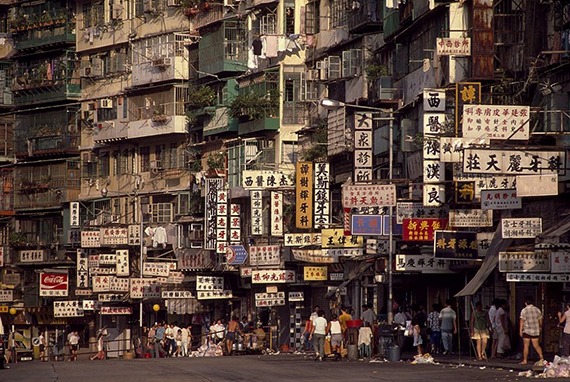
Menu

Interactive public art is transforming urban spaces into dynamic environments where creativity and community intersect. In 2025, this trend continues to grow as cities around the world commission installations that invite people to touch, move, speak, and play with the artwork around them.
Unlike traditional public sculptures or murals, interactive art is designed to respond to human presence. Motion sensors, lights, sound, augmented reality, and responsive materials all come into play. These installations turn sidewalks, parks, and plazas into collaborative canvases. For example, a public wall might light up with different colors when people walk by, or a sculpture might change shape with the sound of passing conversations.
This type of art encourages participation, breaking down the barrier between the viewer and the artwork. It fosters a sense of connection—not just between people and art, but between people and their cities. These works often spark conversations, selfies, performances, or even spontaneous gatherings, making art a living part of everyday life.
Interactive public art also empowers communities. Artists frequently involve local residents in the design or message of the work, giving neighborhoods a sense of pride and ownership. It’s not just about beautifying a space—it’s about activating it.
Technologies like projection mapping, kinetic structures, and AR filters have expanded the possibilities for artists to innovate in public spaces. At the same time, cities are recognizing the social and emotional value of interactive art, investing in it as a tool for engagement, tourism, and community well-being.
In a fast-paced digital age, interactive public art offers a real-world moment of wonder—a playful reminder that cities can be both functional and inspiring.



